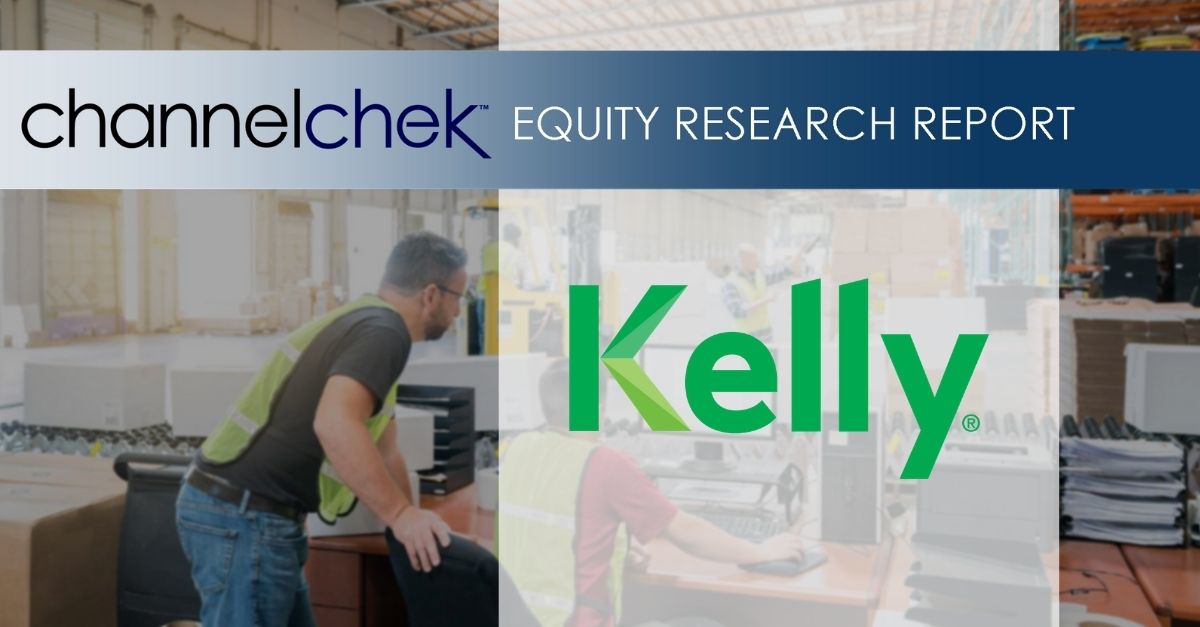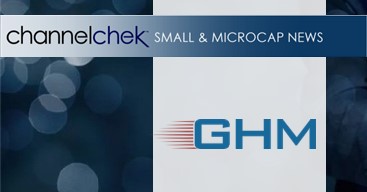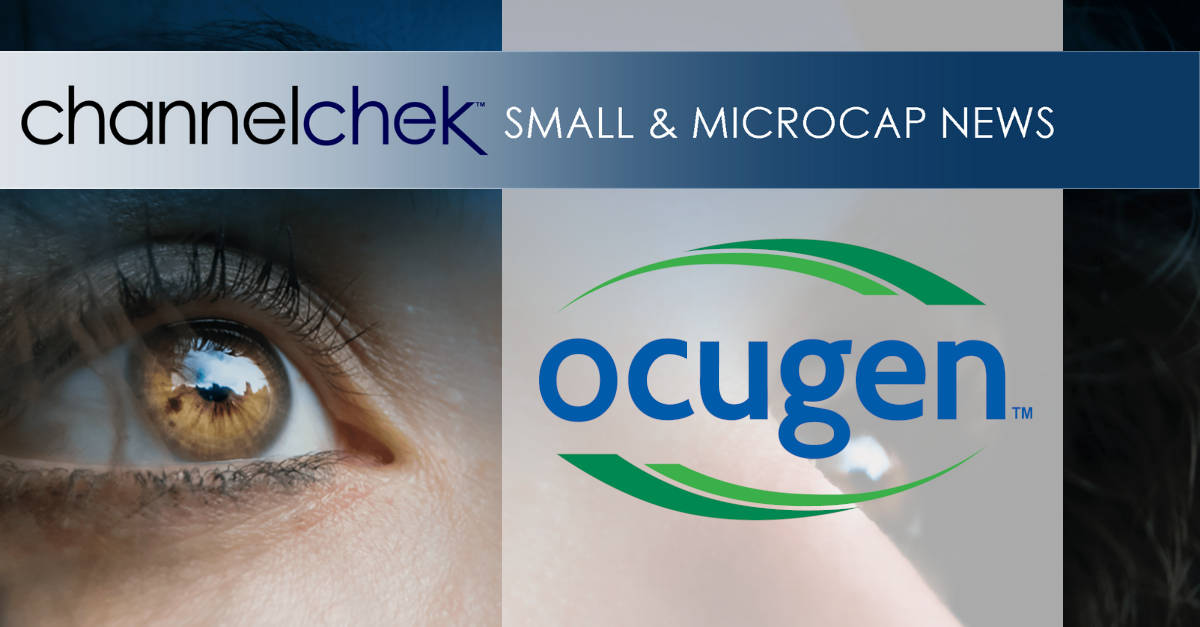Research News and Market Data on OCGN
MALVERN, Pa., May 28, 2024 (GLOBE NEWSWIRE) — Ocugen, Inc. (Ocugen or the Company) (NASDAQ: OCGN), a biotechnology company focused on discovering, developing, and commercializing novel gene and cell therapies and vaccines, today announced its expected upcoming inclusion in the Russell 3000® Index, according to preliminary Russell reconstruction information posted on the FTSE Russell website. The newly reconstructed index will take effect after the market closes on June 28, 2024.
“Inclusion of Ocugen to the Russell 3000® Index is our latest milestone, adding to what has already been a transformational year for the Company with three of our game-changing modifier gene therapies targeting blindness diseases—both rare and those affecting millions—in clinical trials,” said Dr. Shankar Musunuri, Chairman, CEO, and Co-founder of Ocugen. “This ranking signifies the value of our pipeline, including the recently initiated Phase 3 liMeliGhT clinical trial of OCU400 for broad retinitis pigmentosa, and robust growth strategy, supporting our efforts to enable long-term shareholder value, garner significant visibility of Ocugen within the investment community, and broaden our shareholder base.”
The annual Russell 3000® Index reconstitution measures the performance of the largest 3,000 U.S. companies representing approximately 96% of the investable U.S. equity market as of Tuesday, April 30.
Membership in the U.S. Russell 3000® remains in place for one year and means automatic inclusion in the appropriate growth and value style indexes. FTSE Russell determines membership for its Russell indexes primarily by objective, market-capitalization rankings, and style attributes.
Russell indexes are widely used by investment managers and institutional investors for index funds and as benchmarks for active investment strategies. Russell’s U.S. indexes serve as the benchmark for about $10.5 trillion in assets as of the close of December 2023. Russell indexes are part of FTSE Russell, a leading global index provider.
About FTSE Russell:
FTSE Russell is a leading global provider of benchmarking, analytics, and data solutions for investors, giving them a precise view of the market relevant to their investment process. A comprehensive range of reliable and accurate indexes provides investors worldwide with the tools they require to measure and benchmark markets across asset classes, styles, or strategies.
FTSE Russell index expertise and products are used extensively by institutional and retail investors globally. For over 30 years, leading asset owners, asset managers, ETF providers and investment banks have chosen FTSE Russell indexes to benchmark their investment performance and create ETFs, structured products, and index-based derivatives.
FTSE Russell is focused on applying the highest industry standards in index design and governance, employing transparent rules-based methodology informed by independent committees of leading market participants. FTSE Russell fully embraces the IOSCO Principles, and its Statement of Compliance has received independent assurance. Index innovation is driven by client needs and customer partnerships, allowing FTSE Russell to continually enhance the breadth, depth and reach of its offering.
FTSE Russell is wholly owned by London Stock Exchange Group. For more information, visit: https://www.lseg.com/en/ftse-russell.
About Ocugen, Inc.
Ocugen, Inc. is a biotechnology company focused on discovering, developing, and commercializing novel gene and cell therapies and vaccines that improve health and offer hope for patients across the globe. We are making an impact on patient’s lives through courageous innovation—forging new scientific paths that harness our unique intellectual and human capital. Our breakthrough modifier gene therapy platform has the potential to treat multiple retinal diseases with a single product, and we are advancing research in infectious diseases to support public health and orthopedic diseases to address unmet medical needs. Discover more at www.ocugen.com and follow us on X and LinkedIn.
Cautionary Note on Forward-Looking Statements
This press release contains forward-looking statements within the meaning of The Private Securities Litigation Reform Act of 1995, including, but not limited to, statements regarding the Company’s expected inclusion in the Russell 3000 ® Index, qualitative assessments of available data, potential benefits, expectations for ongoing clinical trials, anticipated regulatory filings and anticipated development timelines, which are subject to risks and uncertainties. We may, in some cases, use terms such as “predicts,” “believes,” “potential,” “proposed,” “continue,” “estimates,” “anticipates,” “expects,” “plans,” “intends,” “may,” “could,” “might,” “will,” “should,” or other words that convey uncertainty of future events or outcomes to identify these forward-looking statements. Such statements are subject to numerous important factors, risks, and uncertainties that may cause actual events or results to differ materially from our current expectations, including, but not limited to, the risks that changes may be made to the preliminary Russell reconstruction lists prior to finalization, that preliminary, interim and top-line clinical trial results may not be indicative of, and may differ from, final clinical data; that unfavorable new clinical trial data may emerge in ongoing clinical trials or through further analyses of existing clinical trial data; that earlier non-clinical and clinical data and testing of may not be predictive of the results or success of later clinical trials; and that that clinical trial data are subject to differing interpretations and assessments, including by regulatory authorities. These and other risks and uncertainties are more fully described in our periodic filings with the Securities and Exchange Commission (SEC), including the risk factors described in the section entitled “Risk Factors” in the quarterly and annual reports that we file with the SEC. Any forward-looking statements that we make in this press release speak only as of the date of this press release. Except as required by law, we assume no obligation to update forward-looking statements contained in this press release whether as a result of new information, future events, or otherwise, after the date of this press release.
Contact:
Tiffany Hamilton
Head of Communications
Tiffany.Hamilton@ocugen.com

















